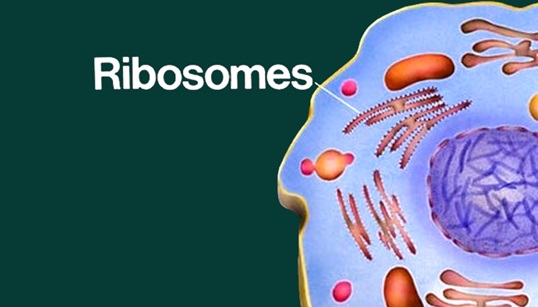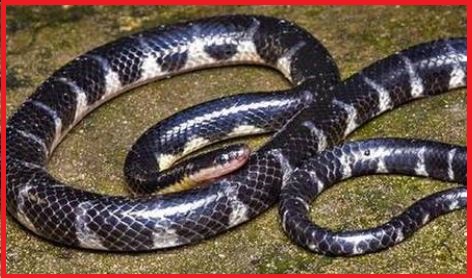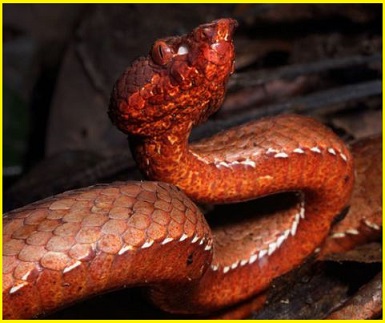Updated By: LatestGKGS Desk
Life Science: Ribosome History, Discovery, mRNA, Role

Ribosome Discovery History, Role in LifeSciences mRNA, Work
Ribosome was first discovered by a scientist named Palade in 1955. These are the diminutive sub-genomes of the octagonal or almost circular and 140-160 Å in diameter. These are made of ribonucleic acid (R.N.A) and proteins. Due to the presence of R.N.A and proteins, they are also called ribonucleoprotein particles. Ribosomes are found in all living cells, they are attached to the endosclerotic reticulum.
They are also found in mitochondria, green gooseberries and nuclei. Ribosomes are a complex molecular machine that is found inside living cells that make proteins from amino acids in a process called protein synthesis. Protein synthesis is a major work done by living cells.
Ribosomes are special because they are found in both prokaryotes and eukaryotes cells. Ribosomes are required for each cell or every cell to form a protein. This messenger is connected to ribonucleic acid (mRNA) and reads the information contained in the nucleotide sequence of mRNA. Moving with amino acids, the RNA (tRNA) enters a particular ribosome, which is called the acceptor site.
70S Ribosomes: These are smaller in size and have a sedimentation coefficient of 70S. These are found in mitochondria, chloroplasts and bacteria etc.
80S Ribosomes: These are slightly larger in size and have a sedimentation coefficient of 80S. These are found in highly developed plants and animal cells.


